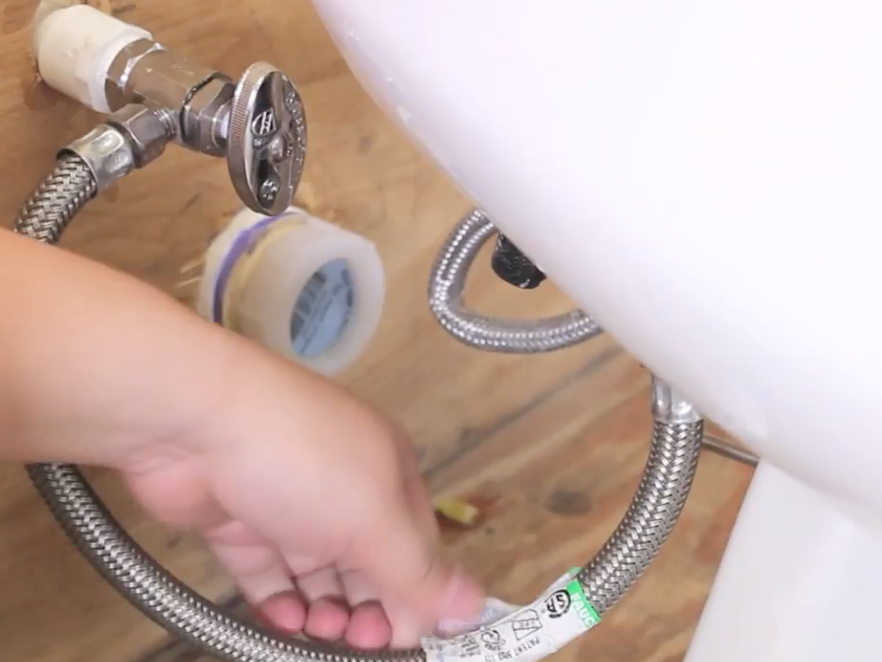
This is Allie, the plumber’s apprentice, with Mr. Plumber Plumbing Company at St. Philip’s College Plumbing Lab. Any good plumber will tell you the best way to avoid costly repairs in the future is to do preventative maintenance now. We’re going to show you some quick, easy tips on how to check your home plumbing to make sure it is working properly for you.
First, check your emergency shut-offs at your fixtures. That includes toilets and sinks. Make sure that they turn easily. It’s bad news if you need to shut it off in an emergency and it’s stiff or stuck. Make sure everyone in your home knows where and how to turn off these emergency shut-offs.
Check your supply lines for leaks on the supply line. Feel around for any damage that may have occurred as well.
Water heaters can be tricky to work with, especially if you have a gas water heater. Check the top of the water heater and make sure that the lines on the top are not corroded. Do not mess with the TNP, because it can leak. If it is dripping or leaking, call a professional.
Make sure your outside hose bibs are properly insulated for extreme weather. You can check your pressure by purchasing a pressure gauge at your local hardware store. These are usually less than $10. Apply the gauge to the hose bib and turn on the hose bib. If your pressure reads between 40 and 60, you are within a normal range. If it is either below or above, make sure to contact a plumbing professional.
With large equipment, such as water heaters, water softeners, irrigation systems, bathrooms and pools, consult a professional at least once a year to ensure proper maintenance of your expensive system. Most companies offer yearly maintenance plans that are fair and always cheaper in the long run, compared to having to replace these units.
If the process of doing your own home plumbing inspection is a little daunting, you can give us a call at Mr. Plumber, and we’ll be happy to help you while fixing any of your plumbing issues. Check us out online at www.mrplumbersa.com.


